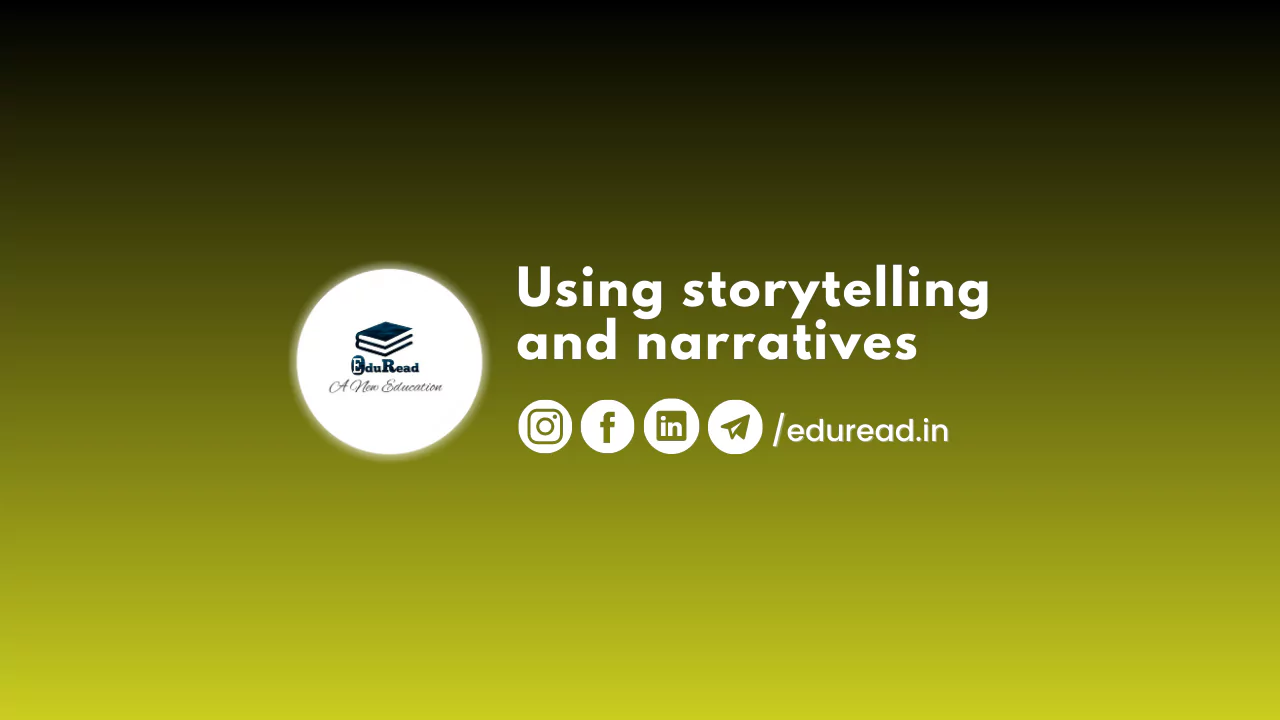Storytelling is a powerful tool that has been used throughout human history to share information, entertain, and connect with others. Whether it’s a childhood fable, a personal anecdote, or a marketing campaign, narratives have the ability to captivate an audience and leave a lasting impact. In this blog post, we’ll explore the power of storytelling and share some tips for using narratives in your communication.
Section 1: What is Storytelling?
Storytelling is the art of conveying a message through a narrative. It involves using characters, plot, and conflict to create a compelling and memorable story. Storytelling can be used in a variety of contexts, including personal communication, business presentations, and marketing campaigns.
Section 2: Why is Storytelling Effective?
Storytelling is an effective form of communication for several reasons. First, stories are memorable. People are more likely to remember information presented in a narrative format than in a list or bullet point format. Second, stories evoke emotions. A well-told story can make an audience feel empathy, excitement, or even fear. Finally, stories connect people. They can create a shared experience between the storyteller and the audience, fostering a sense of community and understanding.
Section 3: Tips for Effective Storytelling
- Know your audience. Tailor your story to the interests and needs of your audience.
- Keep it simple. Don’t overwhelm your audience with too many characters or details.
- Use conflict. Conflict creates tension and keeps the audience engaged.
- Use sensory details. Paint a vivid picture with words to help the audience visualize the story.
- Use humor. Humor can make a story more memorable and engaging.
- Practice. Practice your story so that you can tell it with confidence and ease.
- Be authentic. Share personal stories and experiences to connect with your audience on a deeper level.
Section 4: Using Storytelling in Business
Storytelling can be a valuable tool in business communication. Whether it’s a sales pitch, a team meeting, or a presentation to stakeholders, stories can help to communicate complex ideas and create an emotional connection with the audience. Here are some examples of how storytelling can be used in business:
- Use customer stories to showcase the benefits of your product or service.
- Share personal anecdotes to humanize your brand and connect with your audience.
- Use storytelling to illustrate company values and mission.
- Use stories to inspire and motivate your team.
Section 5: Using Storytelling in Education
Storytelling can also be an effective tool in education. Whether you’re teaching children or adults, stories can help to convey information and engage learners. Here are some examples of how storytelling can be used in education:
- Use stories to introduce new concepts and ideas.
- Use stories to teach social and emotional skills.
- Use stories to encourage critical thinking and problem-solving.
- Use stories to connect with students and create a positive classroom environment.
Section 6: Using Storytelling in Personal Communication
Finally, storytelling can be used in personal communication to connect with others and share experiences. Whether it’s a family dinner, a social gathering, or a date, stories can help to break the ice and create a shared experience. Here are some tips for using storytelling in personal communication:
- Share personal stories to connect with others on a deeper level.
- Use storytelling to break the ice in social situations.
- Use humor to lighten the mood and create a relaxed atmosphere.
- Use stories to share experiences and create a sense of community.
In conclusion, storytelling is a powerful tool for communication and connection. Whether you’re using it in business, education, or personal communication, storytelling can help to convey information, create emotional connections, and foster a sense of community. By following the tips outlined in this post, you can become a more effective storyteller and use narratives to captivate and engage your audience.
Remember, storytelling is an art form that takes practice and patience to master. Don’t be discouraged if your first attempts at storytelling don’t go as planned. Keep practicing and refining your craft, and you’ll soon discover the power of storytelling for yourself.
So, go ahead and start incorporating storytelling into your communication. You might just be surprised at the impact it can have on your audience and your relationships.
Follow Us for more such content to improve your speaking skills:
To know more, check out here: https://eduread.in/english-vocabulary-for-fruits-speak-new-york/
And visit us for more.

